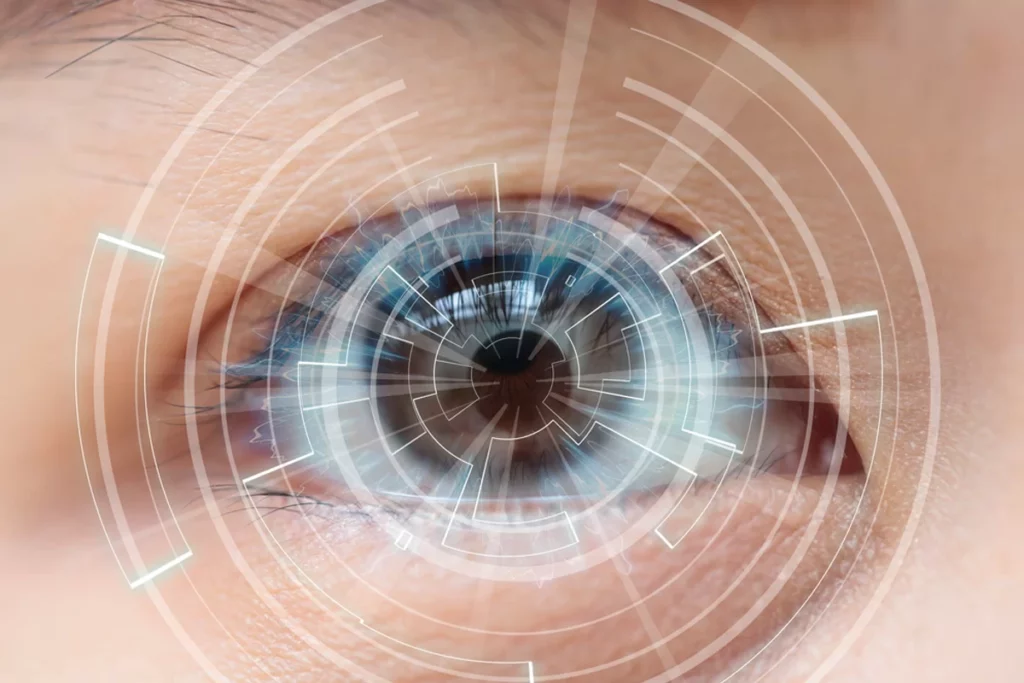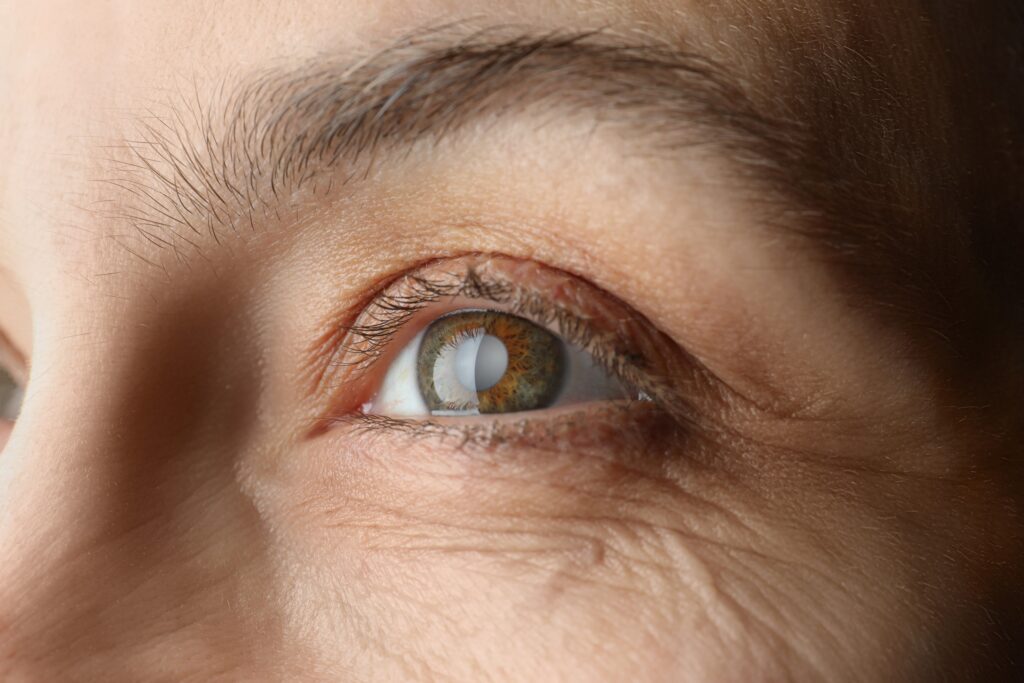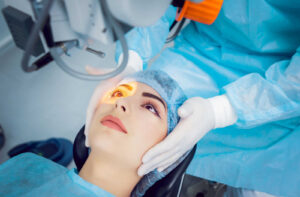Cataracts are a common eye condition that affects millions of people around the world. If you or someone you know has been diagnosed with cataracts, it is essential to understand what they are, how they are caused, and what can be done to treat them. In this complete guide, we will take an in-depth look at cataracts surgery and provide you with all the information you need to know.
Understanding Cataracts And Surgery
In conclusion, cataracts surgery is a widely performed procedure that can significantly improve a person’s vision and overall quality of life. By understanding the causes, symptoms, and treatment options for cataracts, individuals can make informed decisions and take the necessary steps to undergo the surgery confidently. Consulting with a skilled surgeon and diligently following post-operative care instructions will ensure optimal results and a smooth recovery process.
What are Cataracts?
Cataracts are a clouding of the natural lens in the eye, which can lead to blurry vision and, in severe cases, blindness. The lens is normally clear and helps focus light onto the retina, allowing us to see clearly. However, with age and other factors, the proteins in the lens can start to clump together, causing cloudiness. This clouding can occur in one or both eyes and can significantly impact a person’s quality of life.
When cataracts develop, they can progress slowly over time, initially causing only minor visual disturbances. However, as the cataract grows and becomes denser, it can interfere more with vision. This can make daily activities such as reading, driving, or recognizing faces increasingly challenging.

Causes and Risk Factors of Cataracts
While cataracts are most commonly associated with aging, they can also develop due to other factors such as smoking, excessive alcohol consumption, diabetes, prolonged exposure to sunlight, and certain medications. Additionally, some individuals may be more predisposed to developing cataracts due to genetic factors or past eye injuries.
It is essential to protect your eyes from harmful UV rays by wearing sunglasses that block UVA and UVB rays. Furthermore, maintaining a healthy lifestyle that includes a balanced diet rich in antioxidants, regular exercise, and avoiding smoking can help reduce the risk of developing cataracts.
Symptoms and Diagnosis of Cataracts
The symptoms of cataracts can vary from person to person but commonly include blurred or hazy vision, increased sensitivity to light, difficulty seeing at night, seeing halos around lights, and faded or yellowed colors. If these symptoms are affecting your daily life, it is important to see an ophthalmologist for a proper diagnosis. They will conduct a thorough eye examination, which may involve visual acuity tests, tonometry, and a dilated eye exam.
Early detection of cataracts is crucial for timely intervention and management. If left untreated, cataracts can lead to severe vision impairment and even blindness. Regular eye exams are key to monitoring your eye health and addressing any issues promptly.
Preparing for Cataract Surgery
Initial Consultation and Evaluation
Before undergoing cataract surgery, you will need to schedule an initial consultation with a surgeon specializing in cataract treatment. This consultation is a crucial step in the process, as it allows the surgeon to thoroughly assess your eye health and determine the best course of action for your specific case. During this consultation, your surgeon will not only evaluate your eye health but also take the time to discuss your symptoms and medical history in detail. This comprehensive evaluation helps the surgeon tailor the treatment plan to meet your individual needs and ensures the best possible outcome for your cataract surgery.
Furthermore, the initial consultation is an opportunity for you to ask any questions you may have about the procedure. Your surgeon will explain the surgery in detail, including the different types of intraocular lenses available and what to expect during the recovery process. It is essential to communicate openly with your surgeon during this consultation to address any concerns or uncertainties you may have about the surgery.
Choosing the Right Surgeon
Choosing the right surgeon is paramount to the success of your cataract surgery. When selecting a surgeon, it is crucial to do thorough research and find a specialist with extensive experience and a stellar reputation in performing cataract surgeries. You can start by asking for recommendations from your ophthalmologist or optometrist, as they often work closely with cataract surgeons and can provide valuable insights into the best practitioners in your area.
Additionally, reading reviews and testimonials from previous patients can give you further confidence in your choice of surgeon. A skilled and knowledgeable surgeon will not only have a successful track record in performing cataract surgeries but will also prioritize patient care and satisfaction. By choosing the right surgeon, you can feel reassured that you are in capable hands throughout the entire surgical process.
Pre-Surgery Instructions
Prior to the surgery, your surgeon will provide you with specific instructions to follow to ensure the success of the procedure. These instructions may include guidelines on avoiding certain medications that could interfere with the surgery, fasting for a specific period before the procedure, and arranging for transportation to and from the surgical facility on the day of the surgery.
It is crucial to adhere to these pre-surgery instructions meticulously to minimize any potential risks and complications during the procedure. By following your surgeon’s guidance closely, you can help create the optimal conditions for a successful cataract surgery and pave the way for a smooth and uncomplicated recovery process. Find more about potential risks at https://research.uoregon.edu/manage/research-integrity-compliance/human-subjects-research/examples-potential-risks-subjects
The Cataract Surgery Procedure
An Overview of the Surgery
Cataract surgery is a relatively quick and straightforward procedure that aims to remove the cloudy lens and replace it with an artificial, intraocular lens (IOL). The surgery is typically performed on an outpatient basis and does not usually require an overnight stay in the hospital. Most patients report minimal discomfort during the procedure, as it is often performed under local anesthesia.
During the surgery, the ophthalmologist will make a small incision in the eye to access the cataract. The cloudy lens is then broken up and removed, making way for the new IOL to be inserted. The IOL is designed to restore clear vision and may reduce the need for glasses or contact lenses post-surgery.
Different Techniques in Cataract Surgery
There are several techniques available for cataract surgery, including phacoemulsification and extracapsular cataract extraction (ECCE). Phacoemulsification is the most commonly used technique and involves using ultrasound energy to break up the cataract and remove it through a small incision. ECCE, on the other hand, requires a larger incision and manual removal of the cataract. Your surgeon will determine the most suitable technique for your specific case.
Another advanced technique that is gaining popularity is laser-assisted cataract surgery. This method uses a laser to perform some of the steps traditionally done by hand, potentially increasing precision and reducing the risk of complications.
Post-Surgery Procedure
After the cataract is removed and the IOL is implanted, your surgeon will provide detailed post-surgical instructions to follow. This may include the use of prescribed eye drops, wearing an eye shield or protective glasses, avoiding strenuous activities, and attending follow-up appointments. It is crucial to strictly adhere to these instructions to ensure proper healing and minimize the risk of complications. To learn more about complications click here.
Recovery from cataract surgery is usually quick, with many patients experiencing improved vision within a few days. However, full recovery and optimal vision may take a few weeks. It is essential to attend all scheduled follow-up appointments so that your surgeon can monitor your progress and address any concerns promptly.

Recovery from Cataract Surgery
What to Expect After Surgery
Following cataract surgery, most patients experience improved vision within a few days or weeks. However, it is essential to note that everyone’s healing process is unique, and it may take some time for your vision to stabilize fully. Initially, you may experience dryness, mild discomfort, or temporary fluctuations in vision. These symptoms are typically temporary and should subside as your eyes heal.
Care and Maintenance Post-Surgery
To facilitate proper healing and the best possible visual outcome, it is crucial to follow the post-surgical care instructions provided by your surgeon. This may include using prescribed eye drops, avoiding rubbing or touching your eyes, wearing protective eyewear in bright sunlight, and practicing good overall eye hygiene. Regular follow-up appointments will also be scheduled to monitor your progress and address any concerns.
Possible Complications and How to Handle Them
While cataract surgery is generally considered safe and effective, there are potential risks and complications associated with any surgical procedure. These may include infection, bleeding, increased intraocular pressure, or issues with the artificial lens. It is important to be aware of these risks and promptly report any unusual symptoms or concerns to your surgeon. They will be able to provide appropriate guidance and treatment.
Additionally, it is worth mentioning that some patients may experience a condition called posterior capsule opacification (PCO) after cataract surgery. PCO occurs when the back portion of the lens capsule becomes cloudy, causing vision to become blurry again. Fortunately, PCO can be easily treated with a quick and painless laser procedure called YAG capsulotomy. This outpatient procedure involves creating a small opening in the cloudy capsule, allowing clear vision to be restored.
Furthermore, it is important to note that cataract surgery is not a one-size-fits-all procedure. There are different types of intraocular lenses (IOLs) available, each with its own advantages and considerations. Your surgeon will discuss the various options with you and help determine the most suitable IOL for your specific needs and lifestyle. Some IOLs can correct astigmatism, while others can provide a range of vision, reducing the need for glasses or contact lenses after surgery.
Read more: Top Benefits of Cataract Surgery



